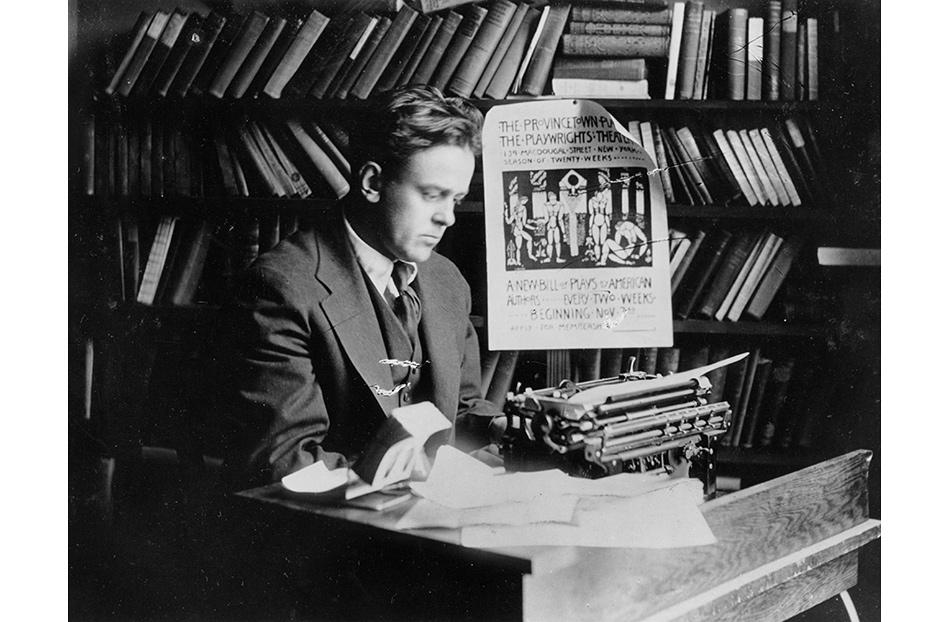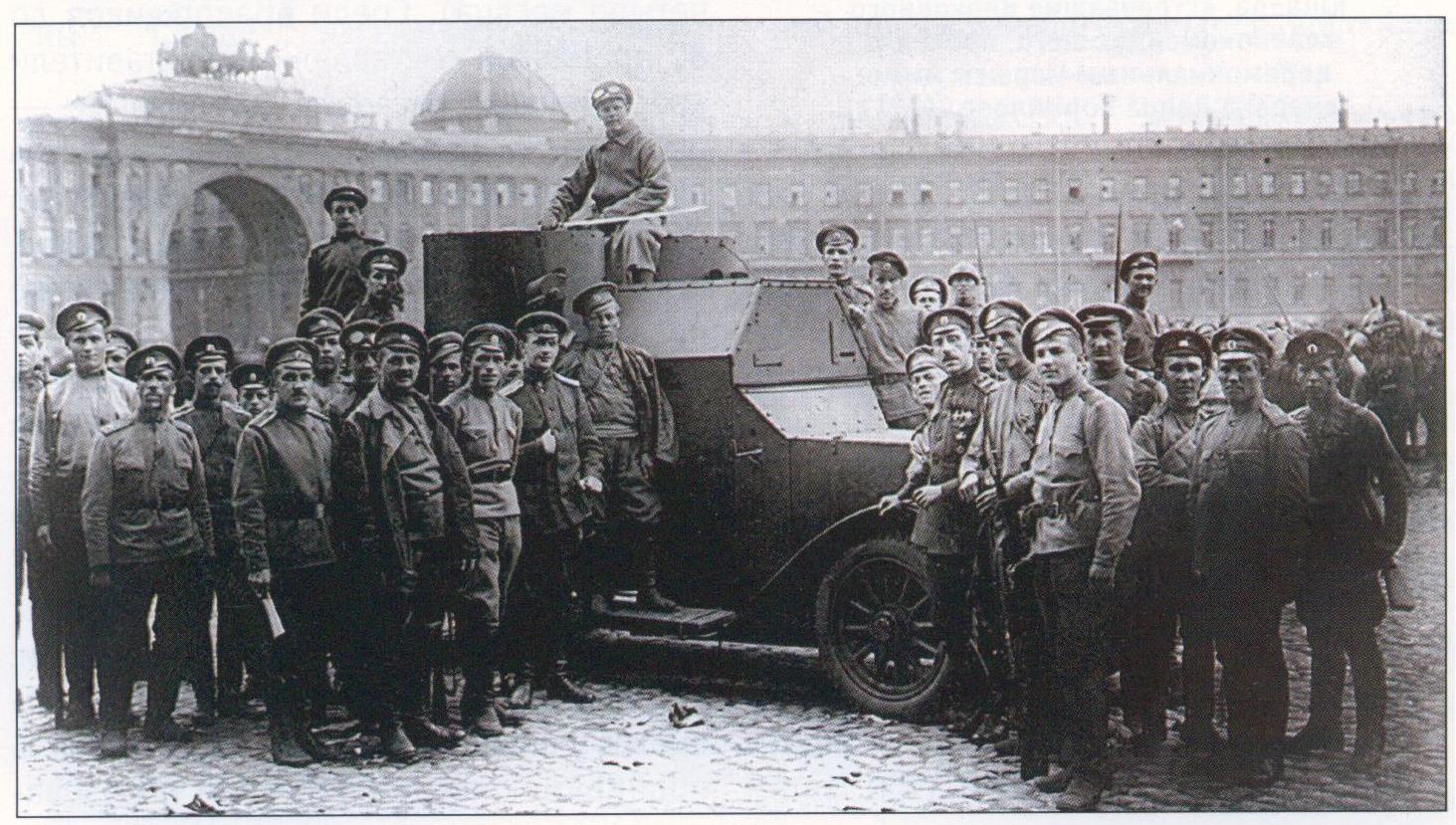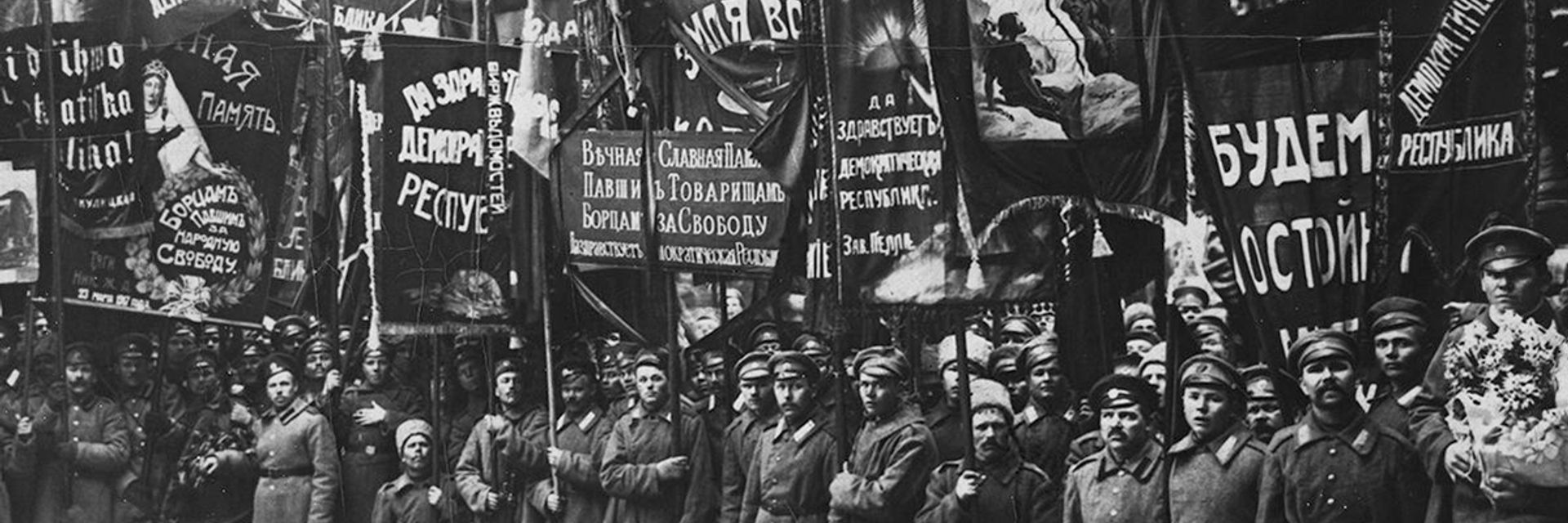The foremost young journalist of his era, John Reed’s career spanned only eight years, from 1912 to 1920. In that time, he reported on landmark labor disputes in the United States and revolutions in Mexico and Russia. In doing so, the Harvard-educated Reed became intimately connected to the causes he covered, advocating for the rights of oppressed workers and speaking against America’s involvement in World War I. His coverage of the Russian Revolution drew him to what he believed was the hope that Communism offered working people, an ideal he finally died for.
◊
John Reed burned brightly for eight years, then burned out. Once America’s most famous journalist, he died in Moscow in 1920, not quite 33 years old. His eyewitness account of the 1917 Bolshevik Revolution, Ten Days that Shook the World, remains the definitive telling of the turbulent founding of the Soviet Union. By the end, Reed had become a true believer more than a passionate observer, committing himself to what he saw as the promise of Russian Bolshevism to overthrow worldwide capitalism.
Watch In the Turmoil of the Russian Revolution now on MagellanTV.
Exactly a century after his death, American society is confronted by new forms of the domestic disruptions that Reed reported on: mass demonstrations, labor struggles, and repressive law enforcement.
Observers may be excused for believing that these fractures are built into the national fabric. But in the century following Reed’s death, public and private American institutions have grown to respond, however imperfectly, to endemic problems of poverty, racism, violence, corruption, and censorship. And though great progress has been made, there is a long way still to go. Few pushed that early advance with their tireless work against injustice and inequity more than John Reed.
Out of the West and Out-of-Place at Harvard
Reed was the son of a prominent Portland, Oregon civil engineer, and grandson of the man who owned the city’s water and gas companies. He was sent to Harvard University, where he wrote sketches for the vaunted Hasty Pudding Club, contributed to the Harvard Lampoon, sang in the Glee Club, and headed the football cheerleading squad. Nevertheless, Reed felt very much the Western outsider, ill-at-ease with the social customs of his very wealthy, Eastern establishment classmates.
Heightening the strain, Reed’s father was suffering professional setbacks after leading an investigation into Portland’s municipal corruption. Working closely with him on the case was the era’s foremost investigative reporter, Lincoln Steffens, author of the landmark book The Shame of the Cities. (Steffens was one of the “muckraking journalists” whom President Theodore Roosevelt had in mind when he coined the phrase.) The two became friends, and Steffens was only too happy to meet with and advise young “Jack” Reed after his graduation from Harvard.
Progressive campaigns against graft, bid-rigging, and election fraud in cities across the United States were launched around the turn of the century, and by 1910 had brought long overdue reforms to local governments.
Out of school in 1910, Reed plunged into the life of New York City, leading a nearly round-the-clock existence in the radical and artistic circles of Greenwich Village. Between his Harvard connections and his curiosity about the lives of working people, Reed spent two years surveying the broad social landscape. He was as comfortable in exclusive artistic salons as he was in seamy waterfront dives. His experiences gradually resulted in a crusading passion for fairness and sympathy for workers condemned to poverty in the midst of the city’s colossal corporate and private wealth.
Early Professional Success, Then A Crucial Readjustment
Reed was clearly a born writer who thought of himself as a poet. With Steffens’ help, he soon found success contributing feature stories – everything from celebrity profiles to slice-of-life accounts of social inequity – to the leading magazines of the day: Collier’s, the Century, the Metropolitan, and The Saturday Evening Post.
Reed was an early advocate for two young friends who went on to distinguished writing careers. The journalist Walter Lippmann founded the New Republic magazine and was awarded a Pulitzer Prize in 1958. And the great dramatist Eugene O’Neill won four Pulitzers and received the Nobel Prize for Literature in 1936.
But after Reed’s father died in 1912, his health and finances shattered in the wake of his stand against Portland’s corrupt civic authority, young John became dissatisfied with his professional trajectory. In early 1913, he began contributing articles to The Masses, a vivid monthly magazine dedicated to socialist causes.

John Reed at his desk, ca. 1914 (Image Credit: fronterad.com)
Reed was reporting on a textile workers’ strike in Paterson, New Jersey, for The Masses when he was arrested while attempting to speak at a rally. Hoping to spread news of their demands (mainstream newspapers, beholden to clothing advertisers, sat on the story), Reed helped produce possibly the first entertainment event of its kind, one pitched to a specific social cause. Drawing on his experience with Harvard’s theatrical Hasty Pudding Club, Reed put together a benefit pageant at New York’s Madison Square Garden that, using music and song, dramatically reenacted events from the strike.
Later that year, he was in Mexico for the Metropolitan magazine, covering the ongoing revolution there. Reed spent four months with Pancho Villa's army as it successfully fought federal troops of the dictator Victoriano Huerta. His dispatches in sympathy with the landless peasants supporting Villa, and arguing against American intervention in favor of Huerta, were collected in his first book, Insurgent Mexico. Its 1914 publication solidified his status as America’s leading journalist.
In 1914, Reed went to remote Ludlow, Colorado, where, on April 20, troops of the Colorado National Guard and agents working for John D. Rockefeller’s mining company fired into a tent camp of striking miners, killing 20, including women and 12 children. In its immediate aftermath, fighting between troops and armed strikers left another 50 dead.
Reed interviewed witnesses, investigated conditions, and presented the strikers’ demands that led to what was called the Ludlow Massacre. An eight-hour day, the right to live outside of company housing, and recognition of the miners’ union seemed reasonable to an outraged public. A humiliated Rockefeller promptly agreed to needed reforms.
Revolution in Russia, Infamy at Home
When World War I erupted in August 1914, Reed departed for Italy, France, and Germany, where he reported on life in the trenches before America’s entry in the war. By now, Reed’s sympathies lay entirely with the soldiers on both sides of the horrible conflict, young working-class men conscripted to fight for kings, colonial empires, and industrialists. He was in the Balkans, on Russia’s doorstep, when a rebellion among Russian troops led to the March 1917 abdication of Czar Nicholas II in favor of a socialist government.
Returning to the U.S., Reed undertook a series of public talks strongly advocating against American involvement in the war. But the national mood had shifted. Reed was arrested for the crime of advising young men to refuse Army service, and The Masses, denied distribution by U.S. postal authorities, was forced to close. Dissent was outlawed in a shameful nadir for American civil liberties. In the space of a year Reed had gone from celebrity writer to national pariah.
Reed’s short, intense life was the subject of Warren Beatty’s sweeping historical drama, Reds, which was nominated for 12 Academy Awards, winning three, in 1981.
In late 1917, Reed and his wife, Louise Bryant – considered the first female war correspondent for her own work during the Great War – journeyed to St. Petersburg to cover the turmoil still dividing Russia in the wake of the Czar’s abdication. The nation’s legislative bodies, headquartered in the city, were split among constitutional royalist, republican, and socialist parties, the latter ranging from center-left Mensheviks to radical Bolsheviks.
Over the course of five frantic months, Bryant and Reed, who spoke rudimentary Russian, covered the fierce legislative debates, political rallies, strikes, demonstrations, and battles that erupted as the fragile government of the Menshevik socialist Alexander Kerensky staggered under cascading social and military failures. Racing around the city and countryside at all hours, and at occasional risk to their lives, Reed and Bryant interviewed people on all sides of the crisis, from ministers and politicians to transit workers and peasant soldiers.

Soldiers of Kerensky’s provisional government in St. Petersberg’s Palace Square, 1917. (Image Credit: wikipedia)
Kerensky was in the field with the Army command when the Bolsheviks, supported by rebel brigades demanding long-promised land reform and an end to Russia’s disastrous involvement in the war, swept to power in St. Petersburg’s raucous legislative Duma. Vladimir Lenin and Leon Trotsky now led a government that immediately nationalized factories, abolished private land rights, and instituted a peace treaty with Germany.
Reed, recognized by Lenin and Trotsky as a celebrity reporter representing American socialists, was captivated by what he saw as a new hope for the working people of the world. Along with his notebooks, Reed collected a trove of documents – posters, flyers, manifestoes, and newspapers that he brought back to the United States in April 1918 – all of which was confiscated by federal agents who arrested Reed on charges of sedition after his ship docked in New York.
Reed Creates a Classic of Journalism
Fortunately for Reed, his mentor Lincoln Steffens used his Washington influence to have his protégé’s material returned six months later. With it now in hand, Reed worked around the clock for three weeks to write Ten Days That Shook the World.
The marathon effort, combined with the stress of his federal indictment, broke Reed’s already fragile health. And though a jury eventually found him not guilty of sedition by virtue of his right to freedom of speech, his career as a journalist was effectively over. Reed now worked full-time speaking and writing in support of the Communist Party of America, an organization he helped form.
In late 1919, Reed slipped out of the U.S. under an assumed name and forged passport, traveling to Moscow to gain official recognition for his political party (one of several claiming the Communist title) and to report on social conditions.
By then, there were indications that the Soviet regime was as oppressive as the autocratic system it replaced. Ten Days That Shook the World had reported the Bolsheviks’ suspension of a free press, as well as Trotsky’s explicit threats of violence toward political opponents. At the time, though, Reed considered them necessary measures a fledgling popular government had to take against fierce enemies.
In August 1920, party officials compelled Reed to make an exhausting trip to a Comintern conference in Baku, Azerbaijan. On his return, he confessed to Bryant, who had joined him in Moscow, his dismay with the casual corruption he witnessed on the journey. But it was too late for him to further investigate this subversion of the revolutionary ideal. A case of pneumonia led to a fatal bout of typhus. Reed died in a Moscow hospital, Bryant at his side. He was granted the Soviet honor of interment in the Kremlin wall, a memorial for Russian heroes.
Reed worked in a world at war, in the midst of unprecedented social unrest and violent revolutions, and brought to his reporting an equal force for change. If it seems he lost his way in an idealistic pursuit of justice, keep in mind that he died very young. There’s no telling what else he might have accomplished, where he would have gone, or how his views may have evolved in the ensuing years. Certainly, many of his American socialist contemporaries reacted with horror to Soviet atrocities in the decades to come. Whatever his path, we may assume that Reed would not have lost his passionate regard for truth, or his commitment to the well-being of the working people of the world.
Ω
Title Image: A parade of striking soldiers in St. Petersberg, 1917. (Image Credit: fronterad.com)

